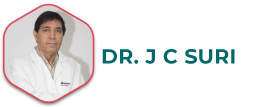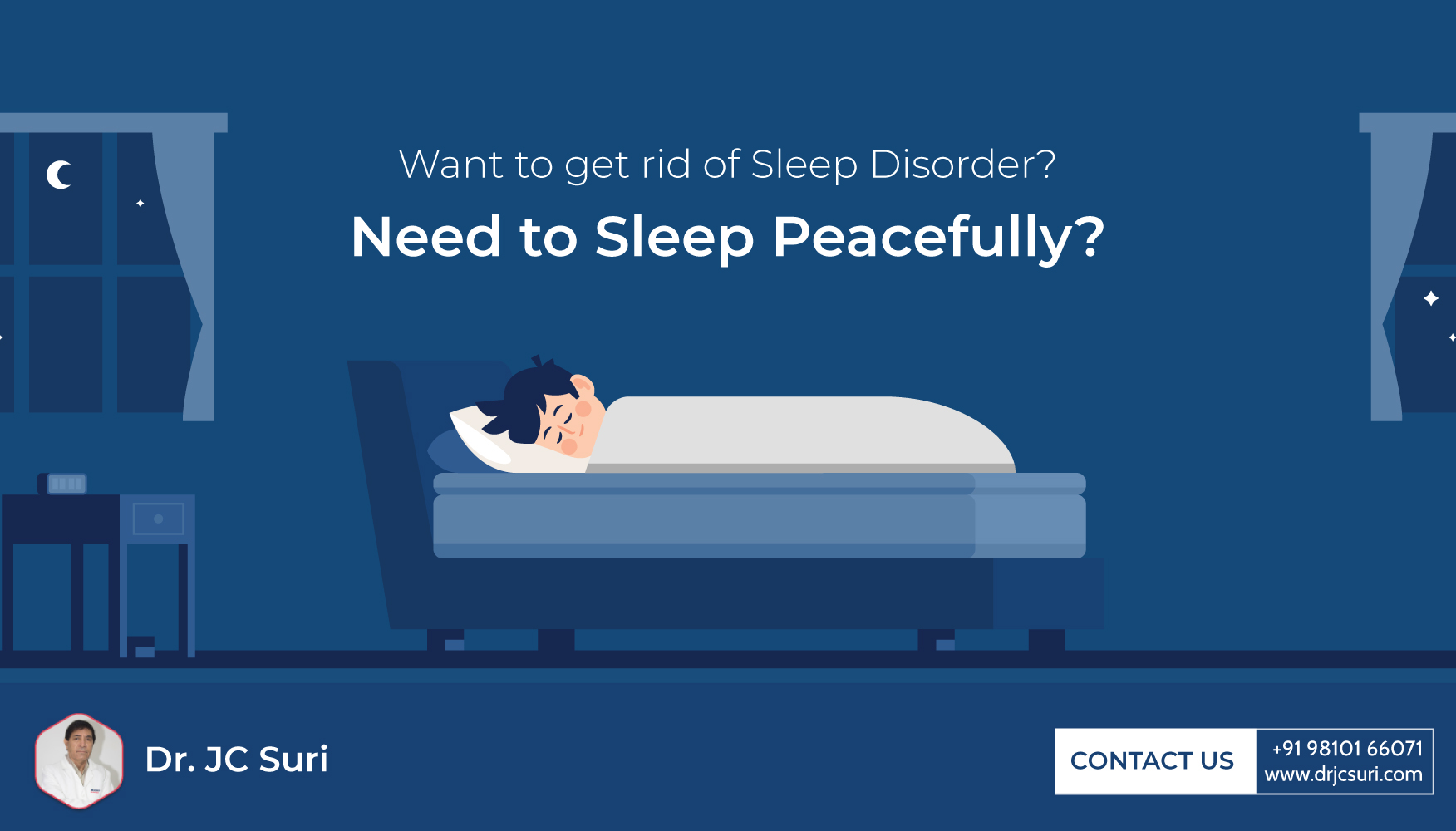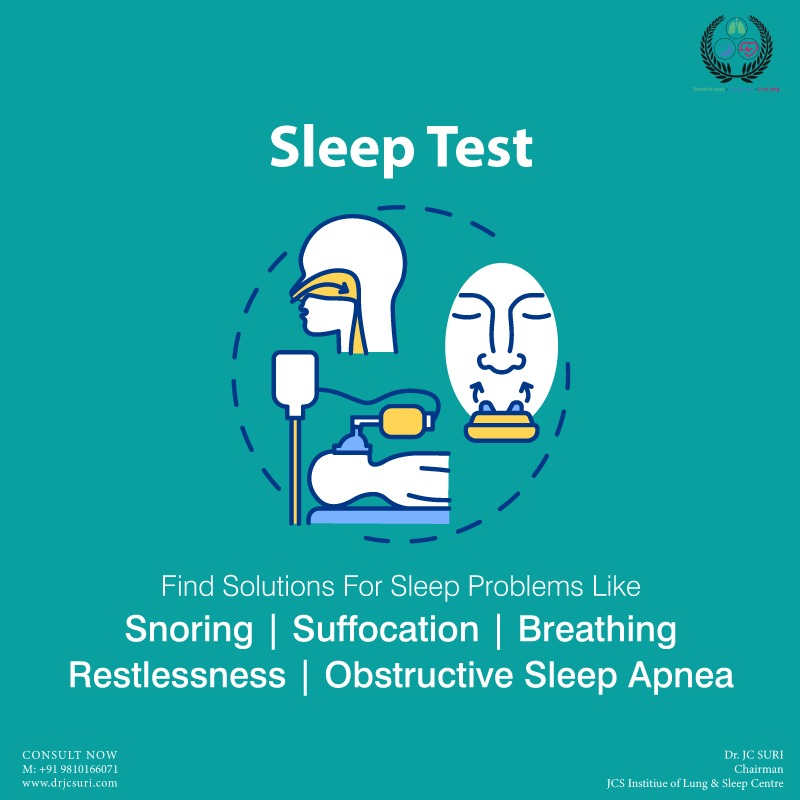Sleep Apnea: Symptoms, Causes, and Treatment
Sleep apnea is a potentially serious sleep disorder characterized by the repeated interruption of breathing during sleep. This condition can lead to a range of health complications if left untreated. In this article, we will delve into the different types of sleep apnea, their symptoms, causes, and available treatment options.
Types of Sleep Apnea
There are three main types of sleep apnea: Obstructive Sleep Apnea (OSA), Central Sleep Apnea (CSA), and Treatment-Emergent Central Sleep Apnea.
Obstructive Sleep Apnea (OSA): This is the most common form of sleep apnea and occurs when the muscles at the back of the throat relax excessively during sleep, causing a temporary blockage of the airway.
Central Sleep Apnea (CSA): In CSA, the brain fails to send proper signals to the muscles responsible for breathing. As a result, breathing becomes irregular, and the individual may temporarily stop breathing altogether.
Treatment-Emergent Central Sleep Apnea: This type is a combination of OSA and CSA. It occurs when OSA, diagnosed through a sleep study, transitions into CSA when OSA therapy is administered.

Recognizing the Symptoms:
The symptoms of OSA and CSA often overlap, making it crucial to seek medical evaluation if you experience any of the following:
Loud Snoring: Persistent loud snoring is a common indicator of sleep apnea.
Breathing Interruptions: If someone observes that you momentarily stop breathing during sleep, it might be a sign of sleep apnea.
Gasping for Air: Waking up abruptly with a sensation of gasping for air is a red flag.
Dry Mouth and Morning Headaches: Sleep apnea can lead to waking up with a dry mouth and frequent morning headaches.
Insomnia and Hypersomnia: Difficulty staying asleep (insomnia) or excessive daytime sleepiness (hypersomnia) can be indicative of sleep apnea.
Poor Concentration and Irritability: Sleep apnea can lead to cognitive issues, difficulty paying attention, and mood disturbances.
Understanding the Causes:
Obstructive Sleep Apnea (OSA): The relaxation of throat muscles during sleep narrows or blocks the airway, reducing oxygen levels and triggering the brain to wake the person briefly to reopen the airway.
Central Sleep Apnea (CSA): In CSA, the brain fails to send proper signals for breathing, leading to irregular or paused breathing.
Risk Factors:
Several factors increase the risk of developing sleep apnea:
Excess Weight: Obesity contributes to OSA by causing fat deposits that obstruct the airway.
Anatomical Factors: A narrow throat or enlarged tonsils/adenoids can obstruct airflow.
Gender and Age: Men, especially as they age, have a higher risk of sleep apnea.
Family History: A family history of sleep apnea can increase your susceptibility.
Alcohol and Sedatives: The use of substances that relax throat muscles can worsen OSA.
Smoking: Smoking leads to inflammation and fluid retention in the upper airway, increasing the risk of OSA.
Medical Conditions: Conditions like heart disease, high blood pressure, and diabetes can elevate the risk of sleep apnea.
Complications:
Untreated sleep apnea can lead to various complications, including:
Daytime Fatigue: Frequent awakenings disrupt restorative sleep, causing daytime drowsiness and irritability.
Heart and Blood Pressure Issues: Sleep apnea can raise blood pressure and increase the risk of heart disease and stroke.
Type 2 Diabetes and Metabolic Syndrome: Sleep apnea is associated with insulin resistance and an increased risk of diabetes and metabolic syndrome.
Medicine and Surgery Complications: Sleep apnea can complicate the use of certain medications and anesthesia during surgery.
Liver Problems: Sleep apnea may impact liver function and contribute to fatty liver disease.
Impact on Partners: Loud snoring can affect the sleep quality of those sharing the same bed or room.
Treatment Options
Treating sleep apnea is crucial for improving overall health and quality of life. Treatment options include:
Lifestyle Changes: Weight loss, avoiding alcohol and sedatives, and sleeping on your side can help alleviate symptoms.
Continuous Positive Airway Pressure (CPAP): A CPAP machine delivers a steady stream of air to keep the airway open during sleep.
Oral Appliances: These devices reposition the jaw and tongue to keep the airway open.
Surgery: Surgical interventions can include removing excess tissue or correcting structural issues in the airway.
Positional Therapy: Learning to sleep in certain positions that minimize airway obstruction.
Bi-level Positive Airway Pressure (BiPAP): Similar to CPAP, but with variable pressure levels for inhalation and exhalation.
If you suspect you have sleep apnea or exhibit symptoms, it's crucial to consult a healthcare provider for proper diagnosis and treatment. Early intervention can lead to better outcomes and improved well-being. Remember, addressing sleep apnea not only enhances your sleep quality but also reduces the risk of associated health complications.



